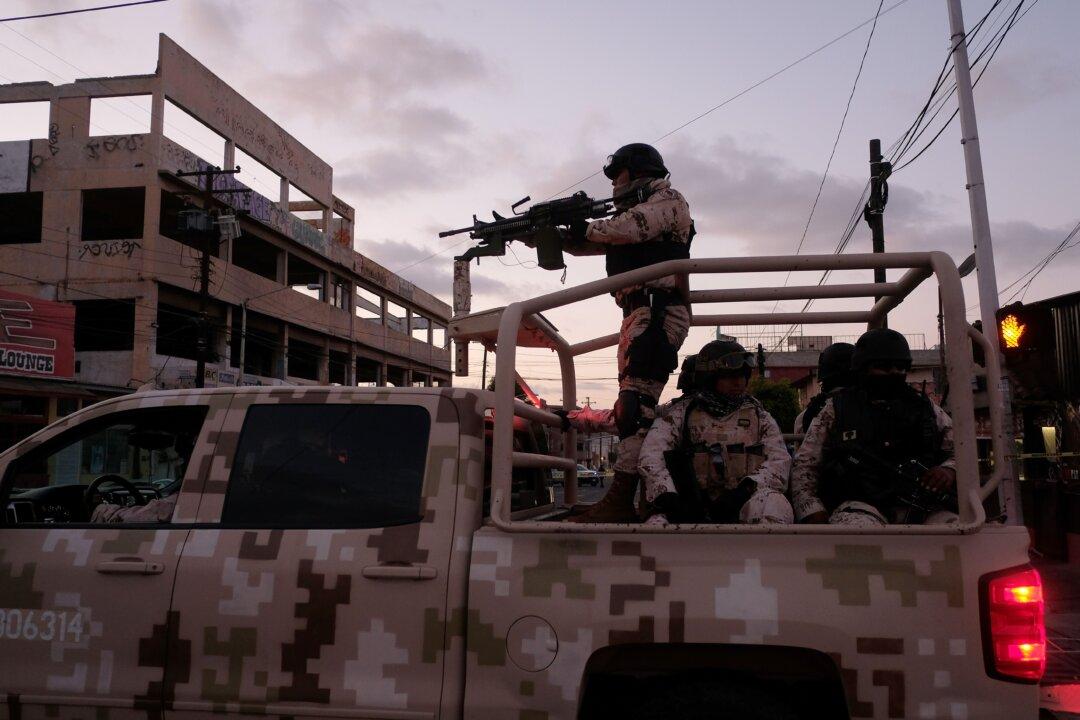WASHINGTON—The homicide rate in Mexico is rising at record-setting pace this year, with more than 30,000 murders in the first seven months.
It’s on target to hit almost 51,500 deaths by year’s end—about 1,000 more than in 2018 and 6,000 more than in 2017. That’s not accounting for the huge number of disappearances.





